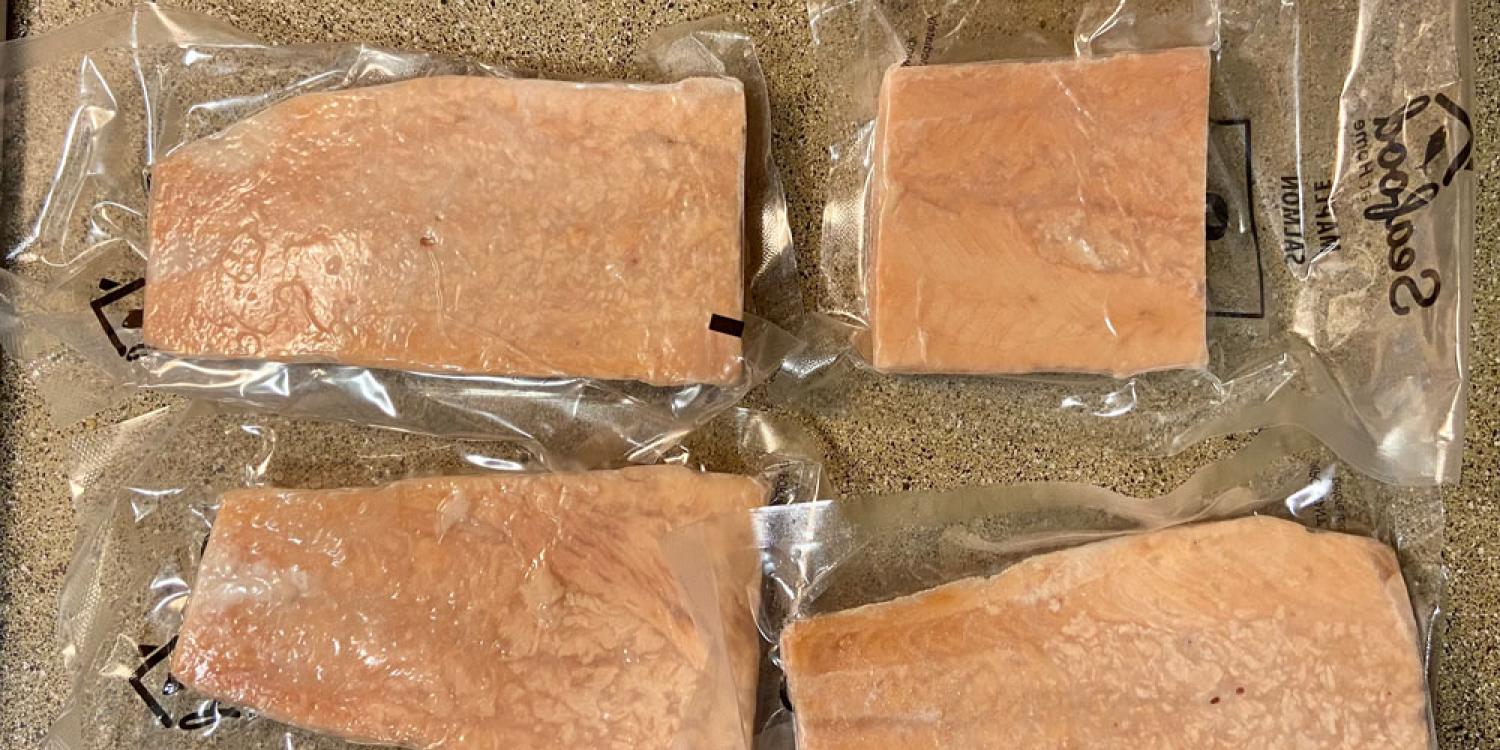
There is a long-standing perception that the quality of frozen seafood is inferior to fresh seafood, although frozen seafood provides many benefits over fresh, including longer shelf life, a lower transportation carbon footprint and more consistent supply. Additionally, studies show that frozen products are often higher quality at the time of freezing than fresh products at the market. In some sensory tests, frozen products have been rated equal to, or more appealing than, fresh. Still, consumers have little information about the benefits of frozen seafood.
In response, Oregon Sea Grant Extension staff conducted a pilot project to inform seafood buyers about the quality and benefits of frozen seafood and to identify research and outreach needs. Partnering with the OSU Food Innovation Center, Sea Grant Extension held two educational events for chefs and seafood retailers to conduct fresh versus frozen seafood sensory tests and hold focus group discussions.
The team leveraged a Monterey Bay Aquarium Seafood Watch Blue Ribbon Task Force event that brought together 20 chefs from across the United States for the first workshop. The second event targeted seafood retailers from the Pacific Northwest.
As a result, many of the chefs and seafood retailers were surprised to discover that consumers had found frozen seafood to be as good as or better than fresh, and that they themselves agreed with this finding. The participants identified research needs – examples include shelf life of frozen product, optimal cooking temperature, and nutritional value of frozen product. They also suggested outreach efforts such as a rating system to guarantee quality and traceability of frozen seafood, and better consumer messaging – “flash frozen the day it was caught,” for example.
Based on the results of this project, the National Oceanic and Atmospheric Administration awarded the team $300,000 to determine shelf life and consumer acceptability of four types of seafood stored in commercial and residential freezers for 18 months. The grant will also fund educational outreach efforts about frozen seafood.